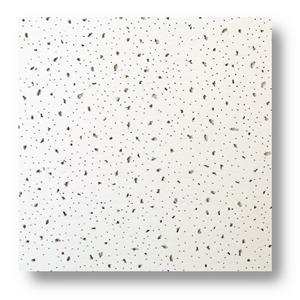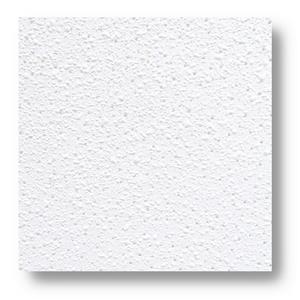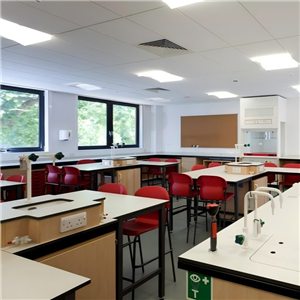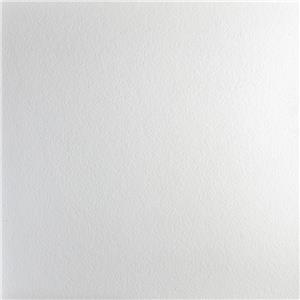Mineral Fiber Ceiling Tiles vs. Drywall: Pros & Cons Compared
As a sales representative at SLD, I often get asked by architects, contractors, and project managers: “Should we go with Mineral Fiber Ceiling Tiles or traditional drywall ceilings?” It’s a valid question—and the answer largely depends on the specific needs of your space. In this article, I’ll break down the pros and cons of both options, and show you why Mineral Fiber Ceiling Tiles might just be the smarter, more efficient choice for your next project.
What Are Mineral Fiber Ceiling Tiles?
Mineral Fiber Ceiling Tiles are modular ceiling panels made from a combination of natural and recycled materials, including mineral wool, perlite, clay, and starch. These ceiling tiles are designed to deliver excellent acoustic performance, fire resistance, and ease of maintenance—making them an ideal choice for commercial, institutional, and industrial environments.
Pros of Mineral Fiber Ceiling Tiles
Ease of Installation
With T-grid suspension systems, Mineral Fiber Ceiling Tiles can be installed quickly and cleanly—no sanding, joint finishing, or painting required. This reduces downtime and labor costs significantly.
Fire and Acoustic Performance
Our Mineral Fiber Ceiling Tiles at SLD are tested and rated for fire resistance (ASTM E84, EN 13501) and deliver top-tier sound absorption and sound attenuation. They're ideal for environments like offices, schools, hospitals, and retail centers.
Accessibility and Maintenance
Need to access ductwork, wiring, or sprinkler systems? No problem. Simply lift a tile, do the work, and replace it. Damaged tile? Swap it out without touching the rest of the ceiling.
Design Options
We offer a broad range of finishes, patterns, and edge styles that enhance the aesthetics of your space while maintaining function. Whether it’s a modern office or a healthcare clinic, Mineral Fiber Ceiling Tiles can be tailored to your look.
Cons of Mineral Fiber Ceiling Tiles
Grid Lines Are Visible
Some clients prefer the clean, unbroken look of drywall. However, many modern tile designs now feature concealed grid systems or beveled edges for a sleeker appearance.
Moisture Sensitivity
Standard mineral fiber tiles should not be used in very high-humidity zones like locker rooms or swimming pool areas—unless moisture-resistant variants are chosen.
Pros of Drywall Ceilings
Smooth Finish
Drywall offers a seamless, plastered appearance that appeals to many high-end interiors.
Greater Structural Integration
Ideal for integrating complex light coves, HVAC diffusers, and soffits.
Cons of Drywall Ceilings
Labor-Intensive Installation
Drywall ceilings require framing, cutting, taping, sanding, and painting. This adds time and labor cost to your project.
Difficult Maintenance
Accessing utilities above the ceiling requires cutting into the drywall and refinishing afterward.
Limited Sound Absorption
Without additional acoustic panels or insulation, drywall performs poorly in sound control—especially in open office layouts and classrooms.
Final Recommendation: Why Choose Mineral Fiber Ceiling Tiles?
For most commercial and institutional projects, Mineral Fiber Ceiling Tiles offer a practical, efficient, and cost-effective solution. At SLD, we supply high-quality ceiling tiles that meet stringent safety and performance standards while offering easy installation and modern aesthetics.
Whether you’re designing a hospital corridor, a retail store, or a university classroom, our Mineral Fiber Ceiling Tiles can help you meet both functional and design objectives—on time and within budget.
Talk to an SLD Expert
If you’re deciding between drywall and ceiling tiles, don’t make the call alone. Contact us at SLD for technical datasheets, samples, or on-site consultations. We’ll help you choose the best solution based on your building’s requirements.
SLD – Your Trusted Partner in Mineral Fiber Ceiling Solutions.




